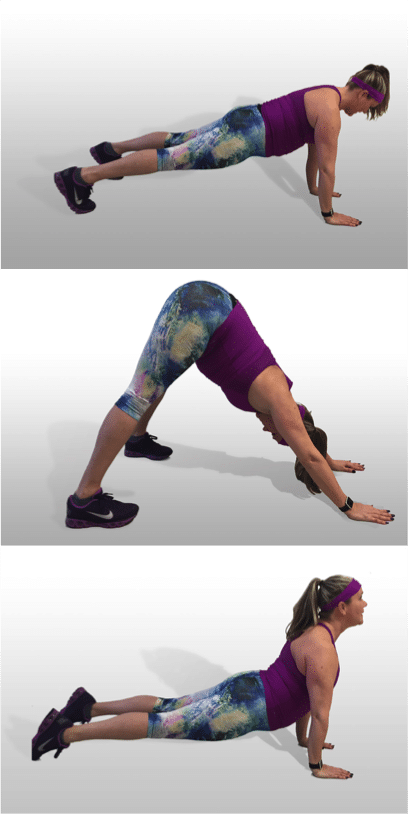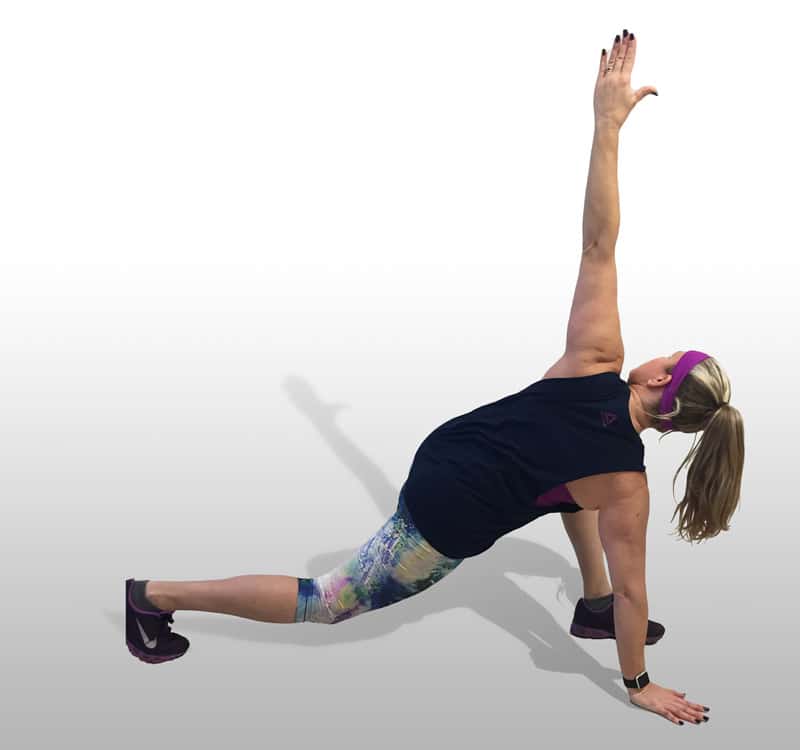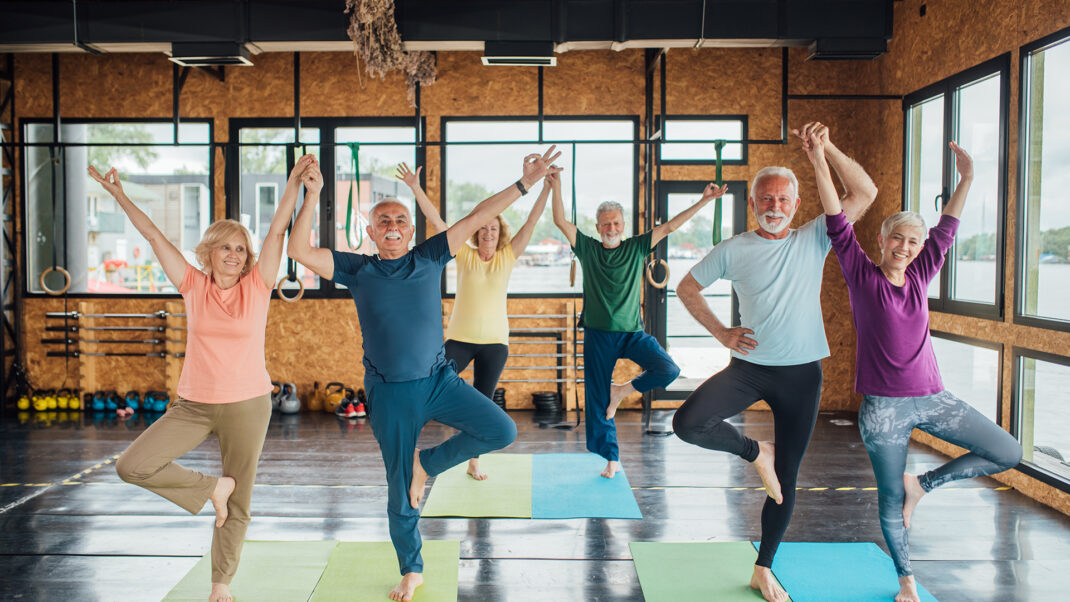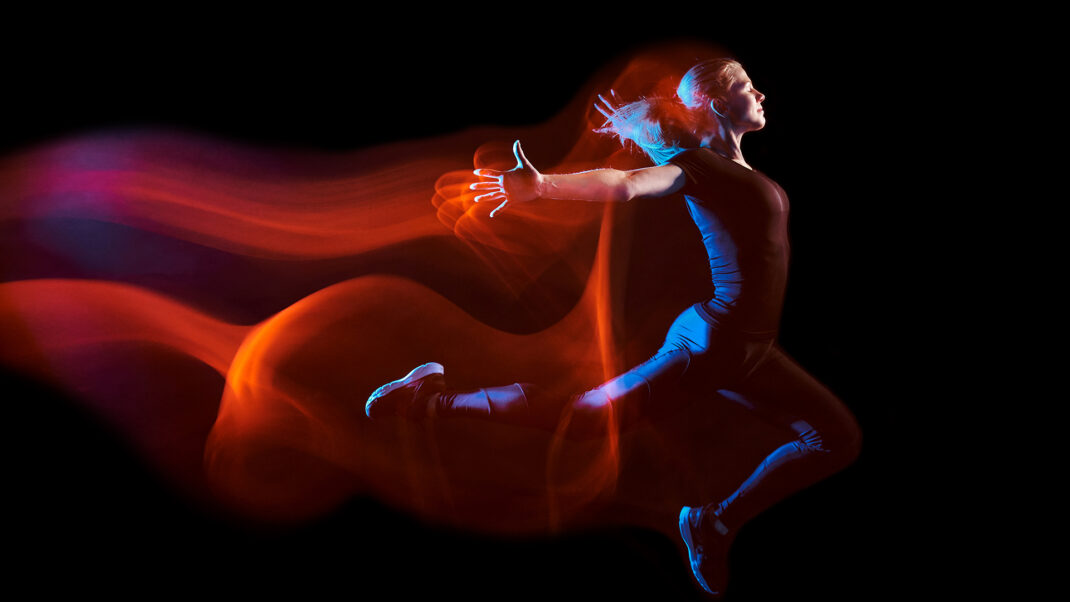Primed to Squat
Prepare participants with base movement patterns.

Why is it that so few people can squat correctly, yet my 8-year-old son squats perfectly? I’ve never taught him how to squat; he innately learned how, just as he learned to roll over, crawl, pull himself up and eventually walk. He simply needed the freedom to allow his body to move. Movement before strength is key.
However, life happens. Now, more than ever, we are sedentary. Desk-jockey postures are, unfortunately, the norm we see in participants. People are making accommodations for their lack of mobility and have forgotten “primal” movement patterns (push, twist, pull, gait, hinge, squat, lunge). Habitual postures or deviations created by sedentary lifestyles increase the risk of injury and decrease the body’s ability to move as it was designed to. It’s not uncommon to look out at class and see forward heads, internally rotated shoulders and exaggerated lumbar curves, which are not optimal positions for effectively handling external load.
In order to move better, we need to practice movement. However, repeating a movement pattern isn’t necessarily the answer to perfecting it. It’s more likely that an inability to perform a movement is due to muscular imbalances. Therefore, to correct a move, we need to restore mobility in the movement chain and then reintroduce the pattern with a higher level of proficiency.
Take a squat, for example. Many people lack the hamstring and calf flexibility, and therefore the hip and ankle mobility, to perform it correctly. They also lack strength through the torso and have underactive glutes. Until there’s sufficient mobility and strength at each of these joints, participants will struggle with squatting. Here are some movement prep exercises you can use in any class warmup to prepare the body to squat.
The Movement Prep Flow
Emphasize mindful movement and focus.
- Stand with arms overhead, squat, place hands on floor, and walk hands out to plank.
- Press back to downward-facing dog, heels to floor (prepares posterior chain).
- Drop hips down to upward-facing dog. Keep abs engaged to avoid forced hyperextension (prepares anterior chain).
- Return to high plank.
- Walk hands back to feet.
- Return to standing, hands overhead.
- Repeat 8×–10×, flowing from move to move. Hold each position for 1–2 seconds.
Twist Flow
- From high plank, step left
- Put right hand on floor and reach L hand to ceiling, rotating R shoulder toward front leg. Knee tracks over middle toe.
- Unwind and step back to plank.
- Press back to downward-facing dog.
- Return to plank.
- Repeat 8×–10×, flowing from movement to movement. Hold each position for just 1–2 seconds.
- Repeat pattern, R leg.
foot forward so L knee is at 90 degrees.

Quadruped Hold
The goal is to maintain stability and neutrality through the movement, as this is how the torso needs to function in the squat.
- Begin in quadruped position (all fours).
- Brace torso, maintaining neutral shoulders and pelvic girdle.
- Hold position and hover knees.
- Touch L hand to R knee without shifting body weight or rotating away from floor.
- Repeat, R hand to L knee.
- Repeat 10× each side.
Lynne Skilton-Hayes
"Lynne Skilton-Hayes is the fitness program supervisor at the University of Guelph, where she is responsible for hundreds of programs for students, faculty, staff and the community. She holds a bachelor's degree in exercise science and brings over 20 years of education and experience to the fitness industry. Lynne is an international fitness presenter/educator, a canfitpro pro trainer, and she has done work for television, print and online DVD curricula. Certifications: ACE, canfitpro"








